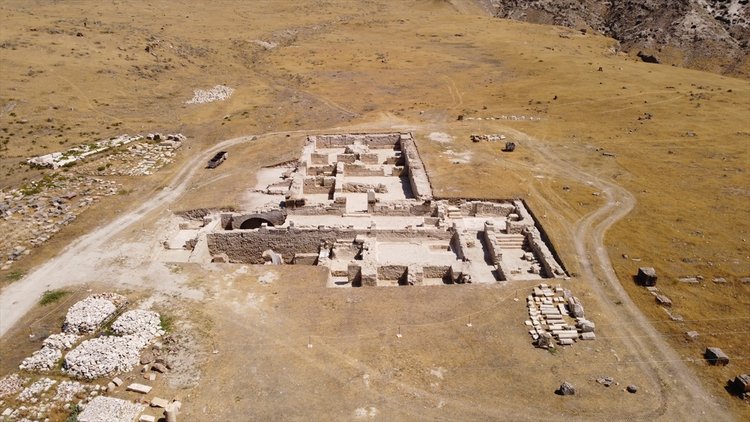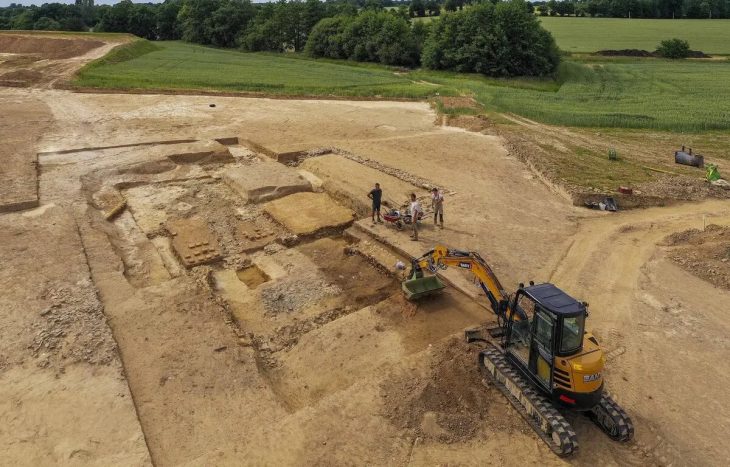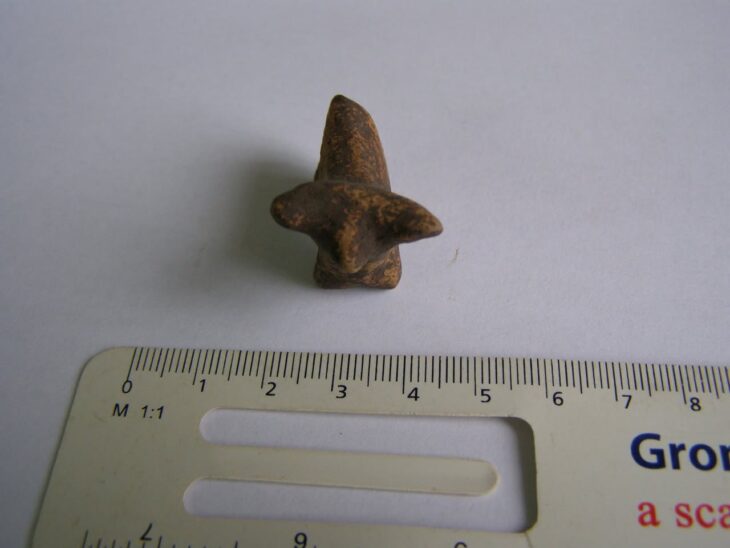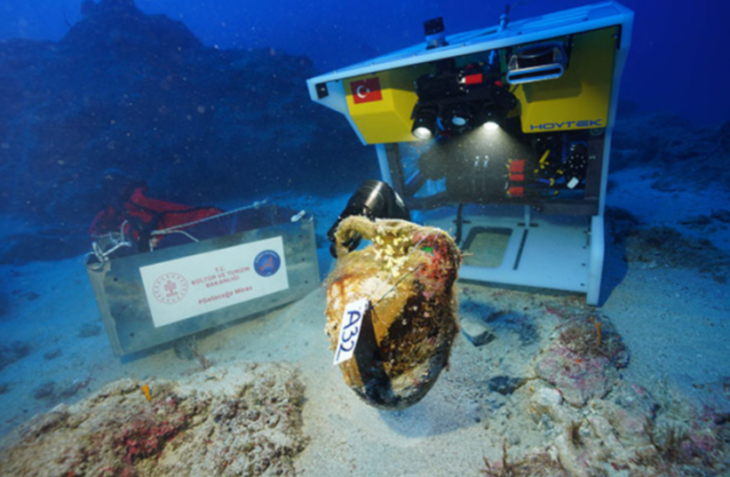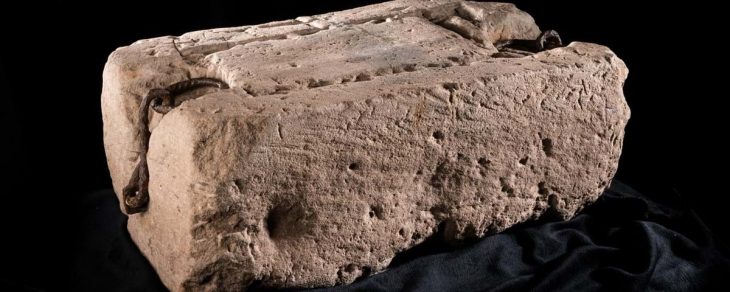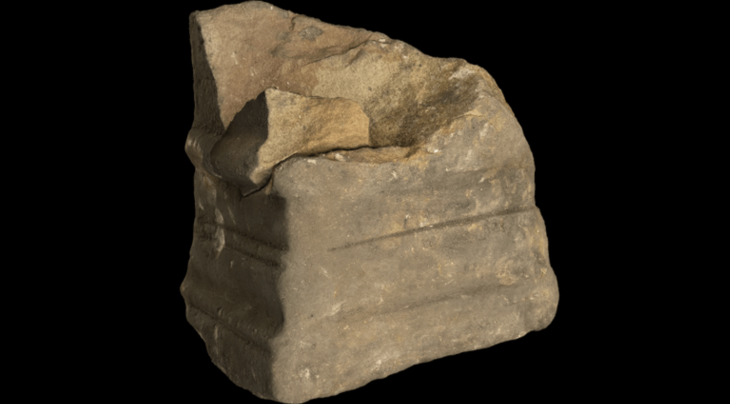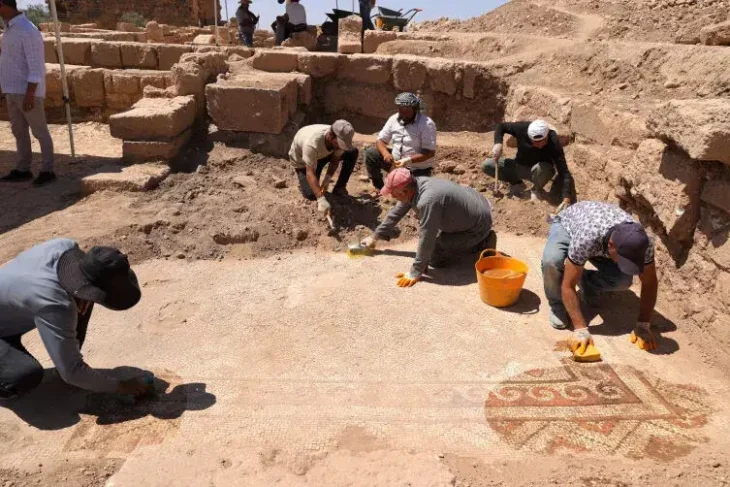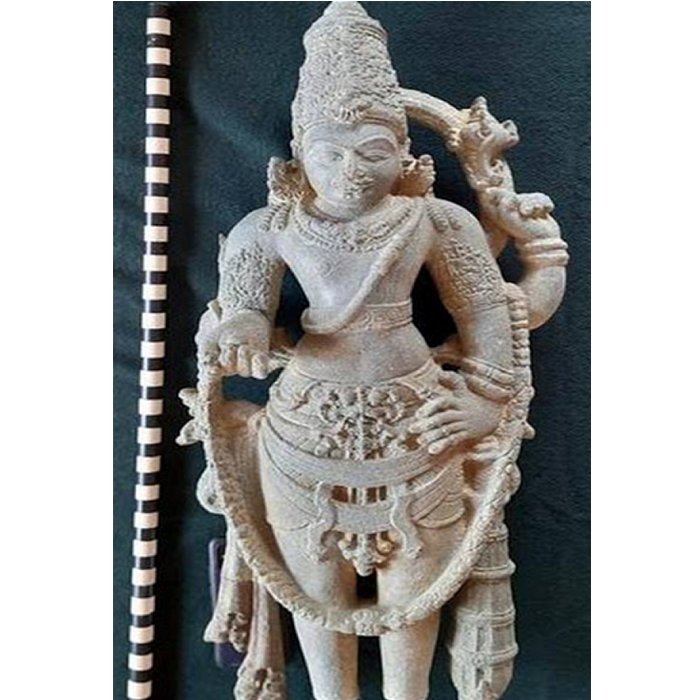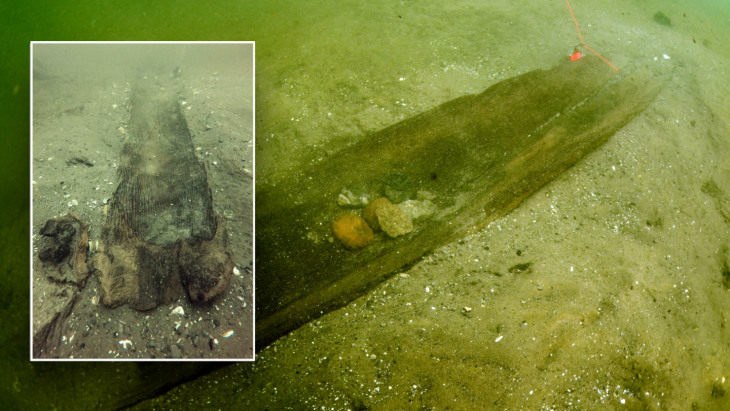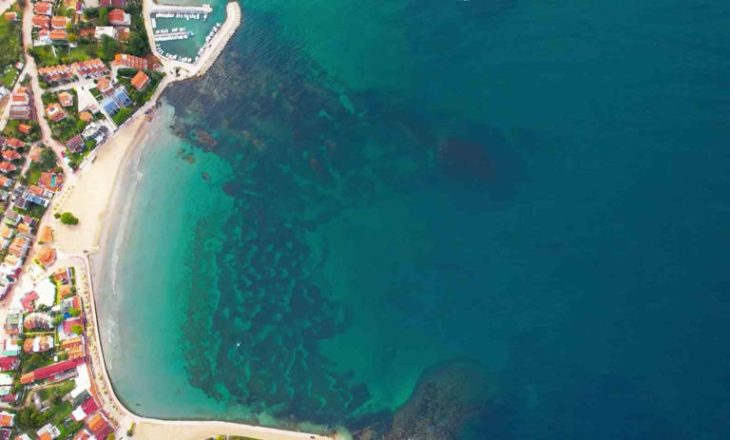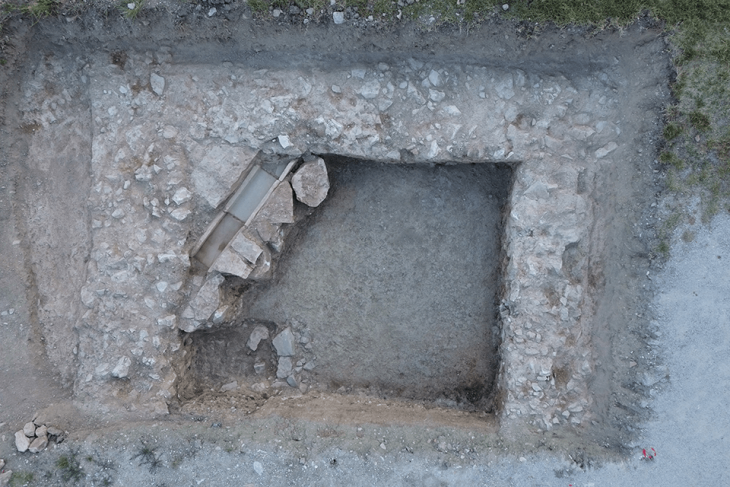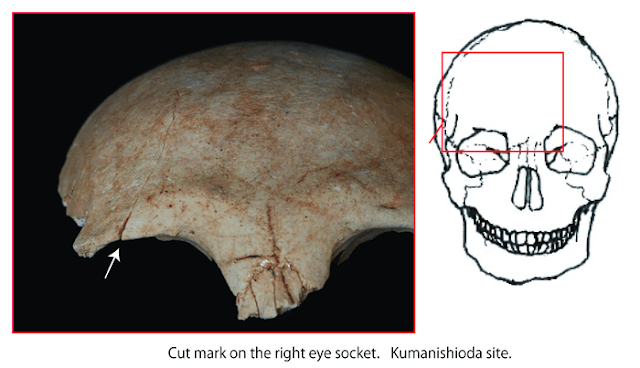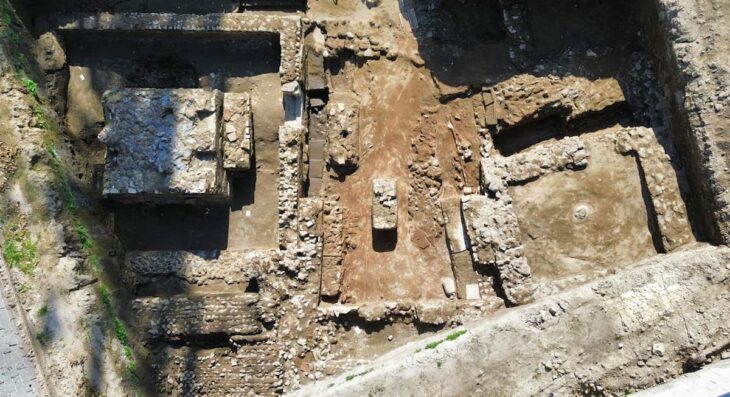A newly uncovered 1,600-year-old Roman villa in the ancient city of Tripolis dazzles with its colorful frescoes, sophisticated architecture, and a rare freshwater fish pond — a symbol of elite Roman luxury.
Archaeologists working in the ancient city of Tripolis, located in the Buldan district of Denizli, western Türkiye have unearthed an exceptionally well-preserved Roman-era villa dating back to the 4th century CE. Spanning 1,500 square meters, the villa includes elaborately painted walls, two fountains, a cistern, multiple reception halls, and a rare 40-square-meter fish pond, making it one of the most remarkable finds of the 2025 excavation season.
A Rare Glimpse into Roman Luxury
Excavations led by Professor Bahadır Duman of Pamukkale University’s Archaeology Department have revealed that the villa, located near the Büyük Menderes River, was likely a prestigious residence for the elite. Its architectural design includes four rooms, two large halls, a columned gallery, and a large inner courtyard.
What sets this discovery apart is the decorative fish pond—a feature seldom found in inland Roman sites. The pond’s inner walls are lined with baked-clay water pipes and include niches for fish to take shelter from sunlight or predators. According to Duman, fish such as carp, catfish, and eel were likely raised in the pond and served to guests during lavish banquets.
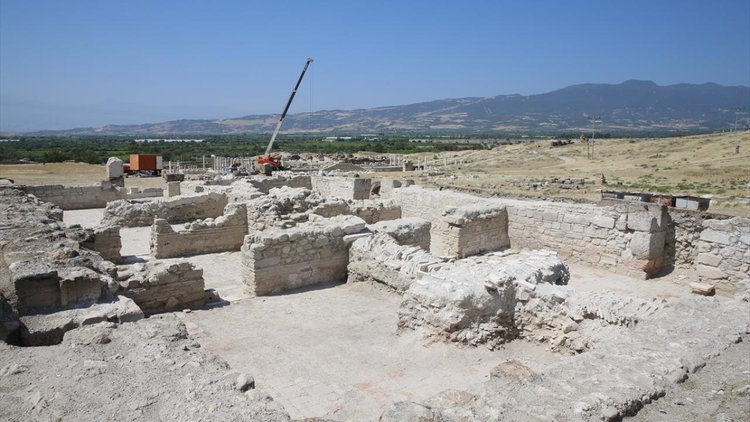
“Fish ponds during the Roman period were not only for consumption but also status symbols,” said Prof. Duman. “This architectural sophistication indicates that the villa’s owners were affluent and influential.”
📣 Our WhatsApp channel is now LIVE! Stay up-to-date with the latest news and updates, just click here to follow us on WhatsApp and never miss a thing!!
Walls That Speak History
The villa’s interior walls are adorned with vivid frescoes painted in a rich palette—yellow, red, blue, and brown—featuring plant motifs and architectural patterns. These paintings, preserved for over 16 centuries, offer rare insights into the artistic tastes and cultural sophistication of late Roman Anatolia.
Tripolis: A Window to Ancient Western Anatolia
Situated near the modern-day town of Yenicekent, Tripolis was a thriving commercial and administrative center during the Hellenistic, Roman, and Byzantine periods. It is considered one of the best-preserved ancient cities in Western Anatolia.
Over 13 years of excavation have yielded:
A 2,000-year-old villa with 12 mosaic-decorated rooms
A 1,500-year-old church
Roman-era grain silos, marketplaces, and workshops
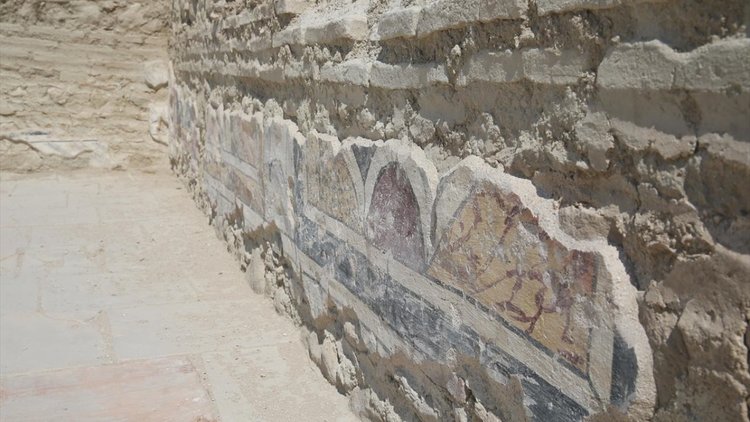
An early form of backgammon
A monumental fountain and an advanced sewage system
Tripolis once held strategic importance due to its location on trade routes connecting major cities such as Laodicea, Hierapolis, and Ephesus. Archaeological evidence points to a prosperous urban culture, with citizens enjoying advanced infrastructure and artistic achievements.
A Heritage Preserved for the Future
The excavation is part of Türkiye’s “Heritage for the Future” initiative, supported by the Ministry of Culture and Tourism. A team of 40 archaeologists and researchers is working year-round to restore and protect the ancient city, aiming to open larger areas to tourism and academic study.
Cover Image Credit: Sebahatdin Zeyrek/AA

